From the fiery red jars buried in Korean courtyards to the wooden barrels lining German farmhouse cellars, fermented foods have been humanity's edible time capsules—preserving harvests, enhancing nutrition, and creating bold new flavors through microbial alchemy. This global journey through fermentation traditions reveals how two iconic dishes—kimchi and sauerkraut—emerged from parallel food preservation needs yet developed distinct personalities that now define their respective cultures. Beyond their probiotic benefits, these living foods tell stories of survival, identity, and the invisible microbial world that connects all cuisines.
The Science of Sour: Microbial Cultures as Culinary Architects
Beneath the surface of every fermenting crock lies a microscopic drama starring lactic acid bacteria (LAB)—nature's tiny transformers. In both Korean kimchi and German sauerkraut, these microbial workhorses convert sugars into lactic acid through anaerobic fermentation, creating an environment hostile to pathogens while developing complex tangy flavors. The process begins differently: sauerkraut relies solely on cabbage's native Leuconostoc mesenteroides bacteria, while kimchi kickstarts fermentation with jeotgal (salted seafood) introducing additional strains like Lactobacillus kimchii.
Modern genomic studies reveal how these microbial ecosystems evolve. Sauerkraut's fermentation occurs in predictable stages—Leuconostoc giving way to Lactobacillus brevis then Lactobacillus plantarum—creating its straightforward sour profile. Kimchi's bacterial succession is more chaotic, with over 30 identified strains contributing to its layered complexity. Food scientists now manipulate these microbial communities through temperature control; Korean ajummas (married women) traditionally buried kimchi pots in snow to slow fermentation for gradual flavor development, while German settlers in America added whey to accelerate sauerkraut production before winter.
Cultural Preservation Through Preservation: Fermentation as Historical Record
Kimchi's earliest iterations appeared in Korea's Three Kingdoms period (37 BCE–7 CE) as simple salted vegetables, evolving into today's chili-laden version only after 16th-century Portuguese traders introduced New World peppers. Each regional variation—from Seoul's milder baek kimchi to Jeju's seafood-rich oi sobagi—serves as an edible archive of local climate and trade routes. The communal kimjang tradition, where villages gather to prepare winter kimchi, was inscribed on UNESCO's Intangible Cultural Heritage list in 2013 as a living testament to Korean identity.
Sauerkraut's journey mirrors Europe's tumultuous history. What Romans called "brassica acida" sustained Germanic tribes through harsh winters, later becoming naval rations that prevented scurvy during long voyages. The dish's English name ironically comes from German immigrants in America—back home it's simply "Sauerkohl" (sour cabbage). During World War I, anti-German sentiment temporarily rebranded it as "Liberty Cabbage" in the US, showcasing how fermented foods absorb cultural politics. Today, Alsatian artisans still produce sauerkraut in stoneware vessels identical to those found in Iron Age excavations, proving some traditions resist modernization.
Flavor Engineering: How Terroir Shapes Taste
The distinct personalities of kimchi and sauerkraut emerge from their environmental contexts. Korean peninsula's hot summers and frigid winters necessitated a fermentation method that could survive temperature extremes—resulting in kimchi's robust garlic, ginger, and chili defenses that inhibit unwanted bacteria while encouraging LAB growth. The addition of brined seafood (aekjeot) provides amino acids that undergo umami-enhancing enzymatic breakdown during fermentation.
Northern Europe's cooler climate fostered sauerkraut's milder profile. Traditional German recipes use nothing beyond cabbage, salt, and sometimes juniper berries—a minimalist approach where slow fermentation at cellar temperatures (15-18°C/59-64°F) allows subtle floral esters to develop. The Rhine Valley's hard water, rich in calcium and magnesium, has been shown to produce crisper texture by strengthening pectin bonds, while Bavarian soft water yields softer kraut preferred for cooking. Modern producers are experimenting with oak barrel aging, introducing tannins that add wine-like complexity to the sour base.
Health Benefits Revisited: Beyond Probiotics
While both foods are celebrated for their gut-friendly bacteria, new research reveals deeper therapeutic properties. Kimchi's capsaicin from chili peppers combines with fermentation-derived compounds to activate TRPV1 receptors—reducing inflammation and potentially inhibiting obesity. Its high vitamin C content (unaffected by fermentation) made it crucial for surviving Korean winters. The sulfur compounds in garlic and ginger transform during fermentation into bioactive organosulfur molecules with demonstrated anticancer effects in laboratory studies.
Sauerkraut's health legacy includes saving sailors from scurvy—Captain Cook stocked 25,000 pounds for his 1768 voyage—but modern science highlights its isothiocyanates, formed when glucosinolates in cabbage interact with LAB. These compounds show promise in detoxification and cancer prevention. Interestingly, pasteurized supermarket sauerkraut loses most probiotic benefits, while traditionally fermented kimchi maintains viable bacteria for months due to its antimicrobial ingredients. Nutritionists now recommend combining both foods—the diversity of strains in kimchi complements sauerkraut's stable Lactobacillus communities for optimal gut microbiome health.
Modern Reinventions: From Space Food to Fine Dining
As fermentation science advances, both traditions are being reimagined. NASA developed a radiation-resistant kimchi strain for astronaut Ko San's 2008 space mission, solving the problem of bubbling jars in zero gravity. Copenhagen's Noma lab created "instant kimchi" using vacuum fermentation at 40°C (104°F) to achieve 30-day flavor development in 72 hours. German biochemists have isolated sauerkraut's signature ester compounds to create natural flavor enhancers for vegan meats.
Haute cuisine has embraced these ferments as flavor amplifiers. Chef Corey Lee's San Francisco restaurant Benu serves a kimchi consommé clarified through centrifugal force—capturing the essence without opacity. Berlin's Nobelhart & Schmutzig transforms sauerkraut juice into a sparkling drinking vinegar paired with smoked eel. The most radical innovation comes from Seoul's "Kimchi Lab," where scientists age kimchi in different wood barrels—oak-imparted vanilla notes while cedar adds resinous depth—creating vintage kimchi varieties akin to fine wines.
The Future of Fermentation: Climate-Smart Traditions
As climate change threatens agriculture, fermented foods offer resilient solutions. Kimchi's ingredient flexibility—using whatever vegetables survive erratic growing seasons—makes it a model adaptive food system. Korean researchers are developing drought-resistant chili varieties to safeguard kimchi's signature heat. In Germany, small-scale sauerkraut producers are reviving heirloom cabbage varieties that require less water than industrial hybrids.
Perhaps most promising is fermentation's role in sustainable diets. Upcycling imperfect vegetables that would otherwise be wasted into nutritious ferments aligns with circular economy principles. Seoul's "Kimchi Share Fridges" community project redistributes surplus homemade kimchi to food-insecure households, while Berlin's "Sauerkraut Sundays" workshops teach preservation skills to reduce food waste. These initiatives prove ancient fermentation practices remain relevant tools for modern challenges.
A spoonful of properly aged kimchi and a forkful of artisan sauerkraut contain more than vitamins and bacteria—they carry centuries of human ingenuity in harnessing invisible microbial allies. In our era of sterile processed foods, these vibrant ferments remind us that some of the best flavors come from controlled decomposition, that preservation can be an act of creativity, and that cultural identities are often stored in jars as much as in history books.
As Korean kimchi masters still taste their ferment daily to assess its progress, and German kraut makers tap barrels to listen for the right bubbling rhythm, they uphold a truth modern food production often forgets: great nourishment requires patience, observation, and respect for microbial collaborators. In this light, every tangy bite becomes a celebration of humanity's oldest and most delicious partnership—with bacteria we can't see but whose handiwork we've learned to cherish.
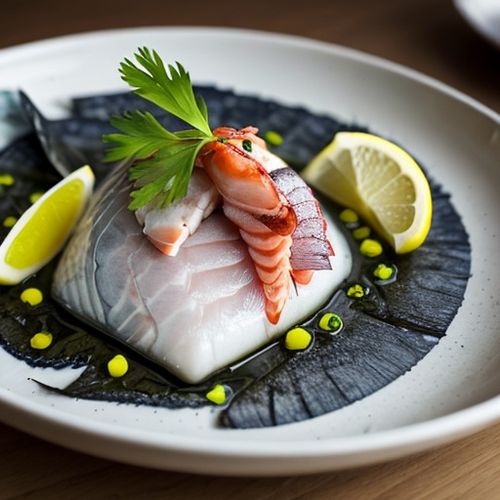
By James Moore/Mar 29, 2025

By Noah Bell/Mar 29, 2025
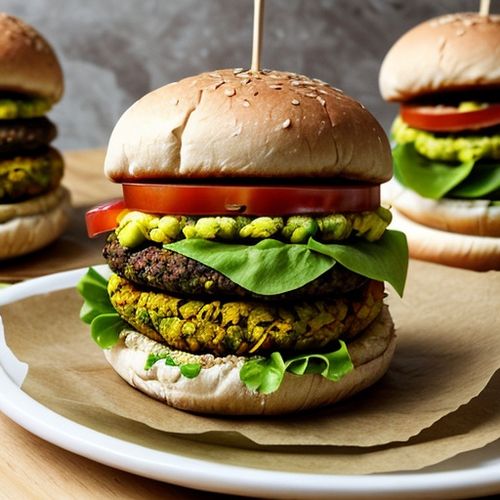
By Ryan Martin/Mar 29, 2025
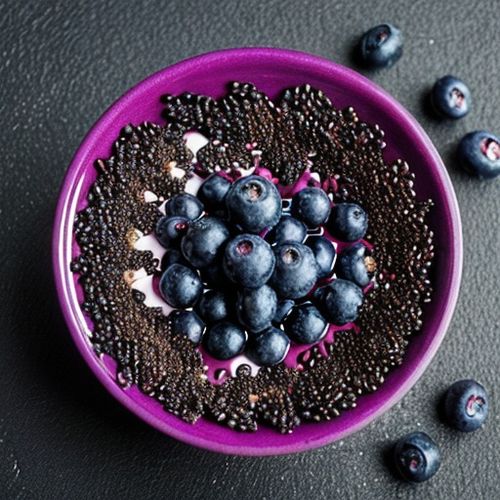
By Sarah Davis/Mar 29, 2025
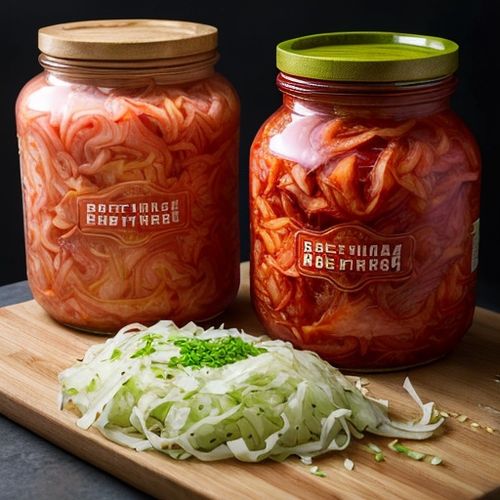
By William Miller/Mar 29, 2025

By Lily Simpson/Mar 29, 2025
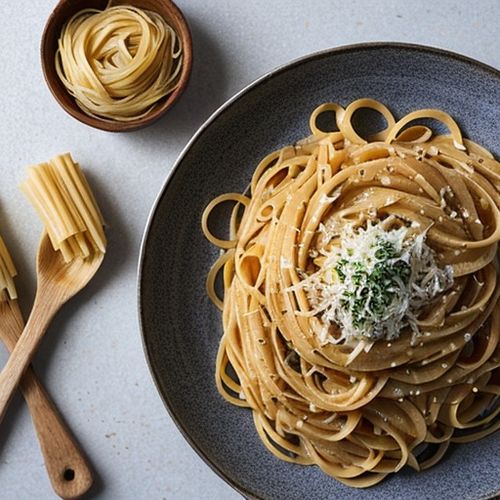
By William Miller/Mar 29, 2025
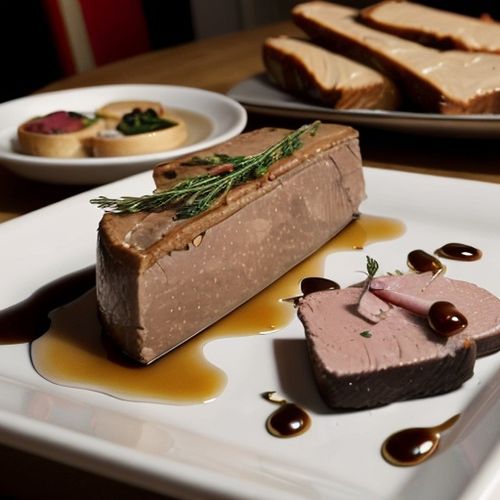
By Rebecca Stewart/Mar 29, 2025
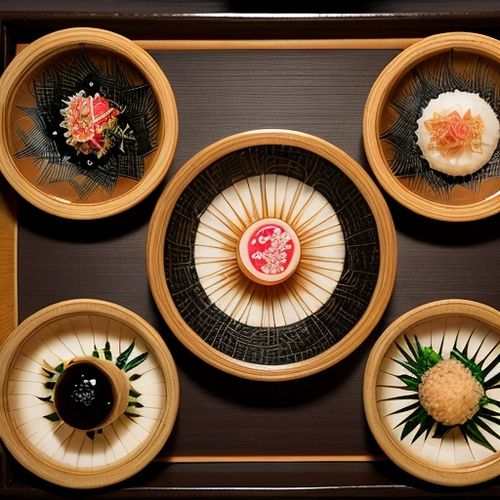
By Joshua Howard/Mar 29, 2025
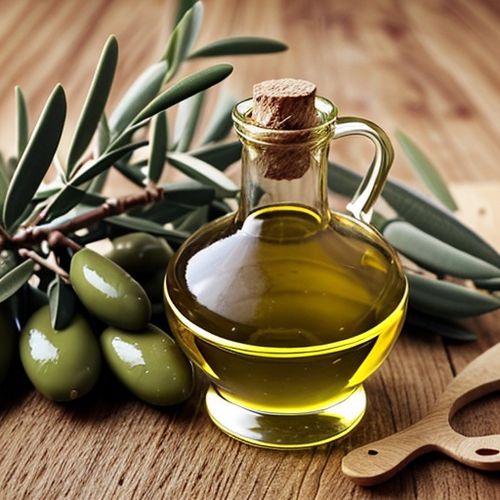
By Emily Johnson/Mar 29, 2025

By David Anderson/Mar 29, 2025
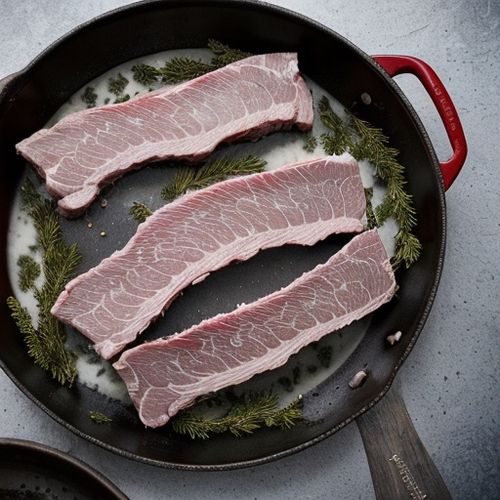
By Thomas Roberts/Mar 29, 2025

By Jessica Lee/Mar 29, 2025

By Amanda Phillips/Mar 29, 2025
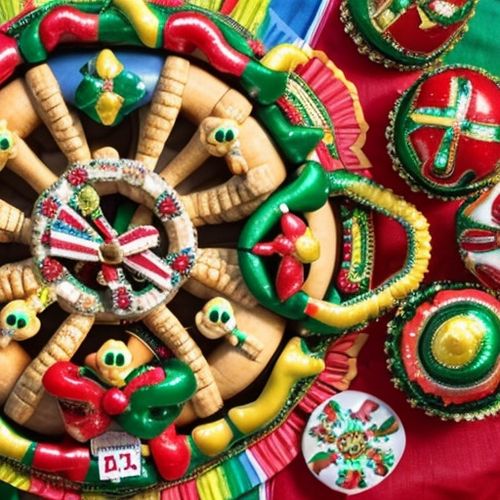
By Sophia Lewis/Mar 29, 2025
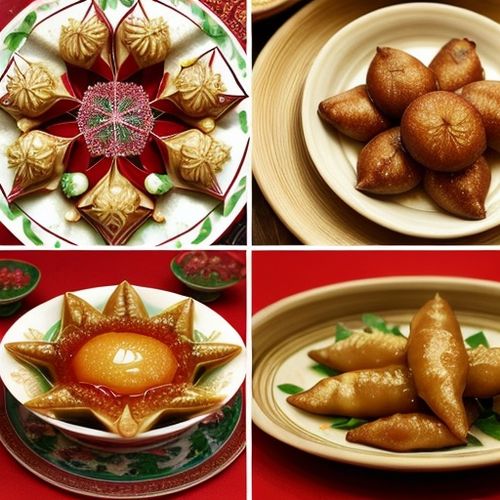
By Laura Wilson/Mar 29, 2025

By Emma Thompson/Mar 29, 2025

By Samuel Cooper/Mar 29, 2025
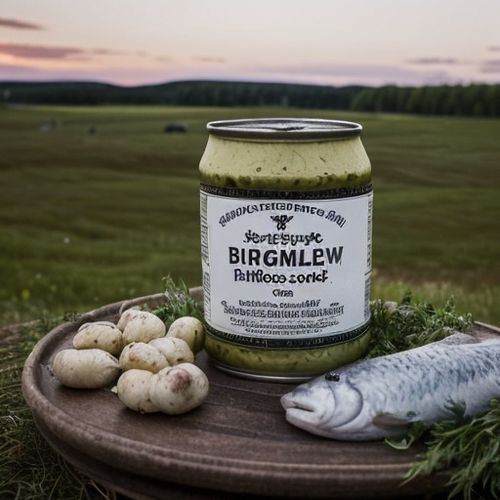
By Olivia Reed/Mar 29, 2025
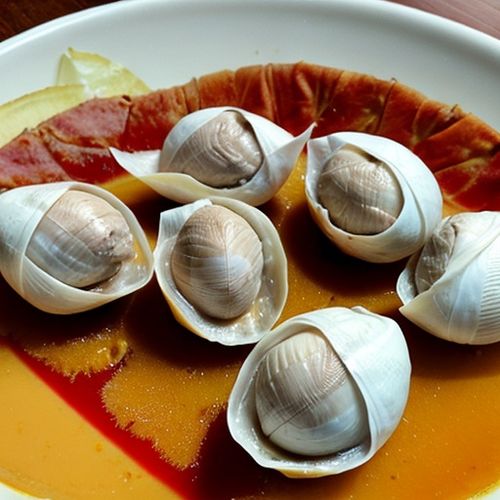
By Noah Bell/Mar 29, 2025